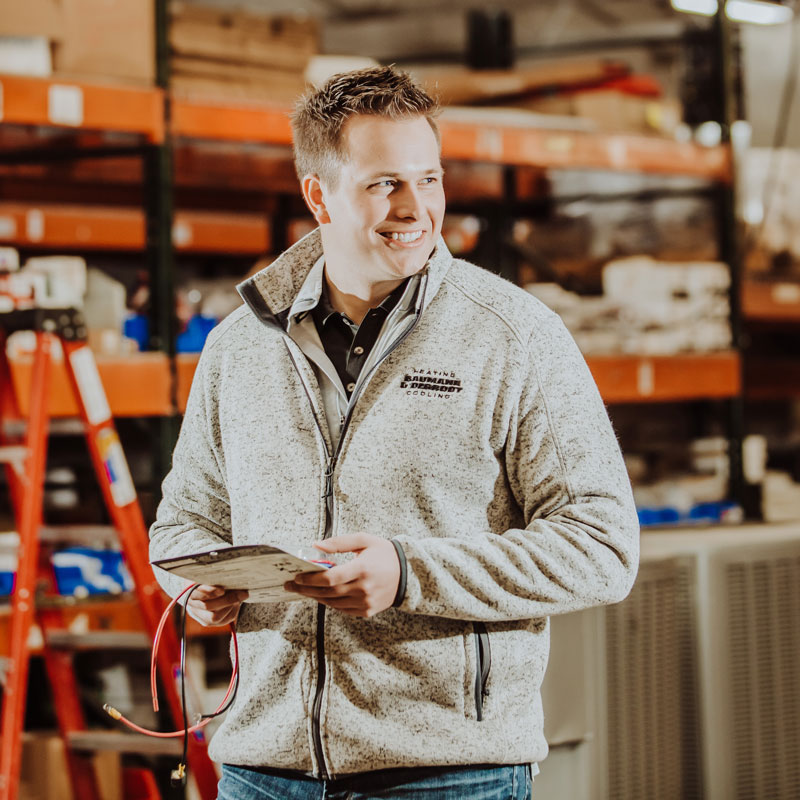Big Refrigerant Changes in the HVAC Industry
If you own an air conditioner or heat pump, you’ve likely heard the term “refrigerant” before. It’s a crucial part of your system, responsible for transporting heat and making your home feel comfortable. But big changes are coming to the HVAC industry, specifically around the refrigerant used in air conditioning and heat pump systems. In this article, we’ll break down what’s happening, why it matters to homeowners, and how you can prepare for the transition.
What Is Refrigerant and Why Is It Important?
Refrigerant, often referred to by the brand name Freon, is the gas inside your air conditioning or heat pump system that absorbs heat from your home and releases it outside, effectively cooling or heating your space. Over the years, the HVAC industry has gone through several refrigerant transitions, mainly to address environmental concerns.
Many homeowners may remember the phase-out of R-22, a refrigerant that was found to be harmful to the ozone layer. R-22 was gradually replaced with R-410A, a refrigerant that helped significantly reduce ozone depletion. At the time, Carrier Corporation led the charge, offering R-410A systems, which became the new standard across the industry.
What’s Happening to the Refrigerant?
Fast forward to today, and while R-410A has been an effective replacement for R-22, we now know it has its own set of environmental drawbacks—namely, contributing to the warming of the atmosphere. As a result, R-410A is now being phased out, with a full transition happening on January 1st.
This means that manufacturers will stop producing new systems that use R-410A. Homeowners will still be able to service existing systems, but the cost and availability of R-410A will likely become more challenging over time.
What Are the New Refrigerants?
With R-410A being phased out, two new refrigerants are emerging as possible replacements:
Both refrigerants are designed to be more environmentally friendly, but there are some important differences between them. Unfortunately, R-454B and R-32 are not interchangeable, meaning if you buy a system that uses one, you won’t be able to switch to the other later.
One downside of these new refrigerants is that they are mildly flammable. While this doesn’t mean they’re dangerous for homeowners, it does require manufacturers to incorporate additional safety features, like flame mitigation systems, into new units. This added technology will make these new systems more expensive right off the factory line.
What This Means for Homeowners
If you’re in the market for a new air conditioner or heat pump, now is an important time to make a decision. Waiting until the new refrigerants fully hit the market may mean higher costs for systems, as well as potential issues with reliability. Newer systems with more safety sensors and mitigation measures tend to have a higher chance of experiencing service failures.
In the past, homeowners could expect an HVAC system to last 20 years with minimal service calls. However, due to the increased complexity of newer systems, that expectation may no longer hold. It’s something to keep in mind as you weigh your options.
Given the impending phase-out of R-410A, you might wonder whether it’s worth buying a system that uses this refrigerant before it’s no longer available. While there’s no one-size-fits-all answer, there are some strong arguments for making the purchase now. Here are a few reasons why:
- Availability – R-410A systems are still widely available, but that will change soon.
- Cost – R-410A systems are generally less expensive than the next generation of equipment that will come with extra safety features.
- Familiarity – Technicians have years of experience working with R-410A systems, which means you can expect reliable service and maintenance for years to come.
How We’re Preparing at Baumann & DeGroot
Here at Baumann & DeGroot Heating and Cooling, we’re staying on top of all the industry changes. We’re investing time and resources into educating our team about the new refrigerants, their potential risks, and best practices for installation and maintenance. We’re committed to ensuring that our customers feel confident and comfortable with any HVAC decisions they make.
While these refrigerant changes might seem like a lot to process, we’ve got you covered. We’re here to guide you through the process, answer any questions, and provide expert advice. Whether you’re considering a new air conditioner or want to learn more about your options, we’re here to help.
The refrigerant phase-out is a major shift for the HVAC industry, but with the right information, you can make an informed decision that’s best for your home and budget. Whether you opt for an R-410A system before they’re gone or wait for the new R-454B or R-32 models, we’ll make sure you’re well-prepared for the transition.
Need expert advice or a professional inspection? Contact Baumann & DeGroot Heating & Cooling at (616)396-4328 or schedule online.

